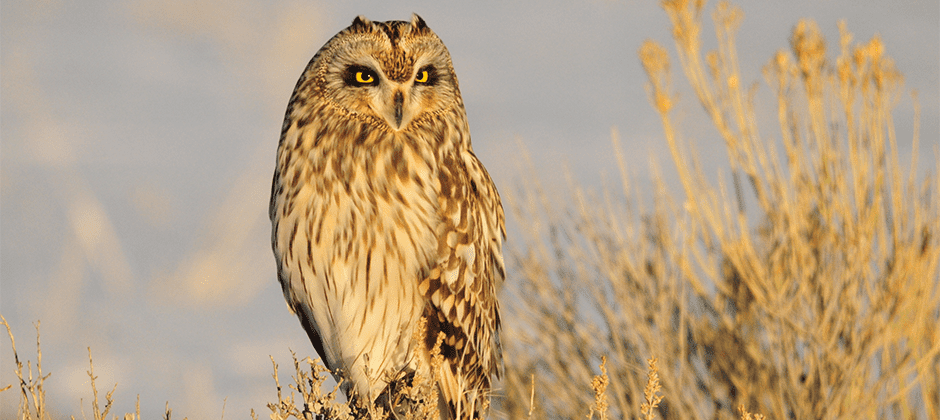Share this article
TWS backs reintroduced Recovering America’s Wildlife Act
The bipartisan Recovering America’s Wildlife Act was reintroduced today in the U.S. House of Representatives by Reps. Debbie Dingell, D-Mich and Jeff Fortenberry, R-Neb. They were joined by over 50 of their congressional colleagues who signed on as original cosponsors. The bill would provide $1.3 billion annually for state fish and wildlife agencies and an additional $97.5 million annually for tribal wildlife agencies to work on at-risk species recovery.
The funding would support the implementation of State Wildlife Action Plans, which identify species at risk of becoming threatened or endangered, known as species of greatest conservation need, and detail proactive plans to reduce population declines in an effort to prevent the need to list them under the Endangered Species Act.
“State Wildlife Action Plans have proven that species can be recovered through voluntary, non-regulatory mechanisms.” said TWS President Darren Miller. “Species such as the New England cottontail and the North American river otter have rebounded as a result of these plans, and other species such as the Delmarva fox squirrel and Louisiana black bear have recovered to the point of no longer needing Endangered Species Act protections. With the passage of the Recovering America’s Wildlife Act, we will further advance effective, collaborative conservation for the benefit of wildlife populations and the American public.”
The new version of the Recovering America’s Wildlife Act differs from the bill introduced during the last Congress in a few key ways. It does not rely on federal energy royalties as the sole and explicit funding source, although funding would still be dedicated and therefore not subject to the annual appropriations process.
The new bill would also provide funding for tribal conservation in addition to funding for state agencies, and would require states to use 10% of the funds provided through the bill for the conservation of federally listed species. It would also include a competitive grant program for states, as well as explicit reporting requirements for states to detail how funds are spent.
The need for a new funding source for state wildlife action plan implementation was elucidated by a report released in collaboration between the National Wildlife Federation, American Fisheries Society and The Wildlife Society last year. Reversing America’s Wildlife Crisis highlighted America’s global reputation for species diversity, with 200,000 species of plants and animals across the country, including over 2,500 species of vertebrates and 4,000 species of invertebrates.
The Wildlife Society will be working alongside partners in the Alliance for America’s Fish and Wildlife to advance this legislation in the 116th Congress. We will be updating TWS membership through the Conservation Affairs Network on opportunities for engagement with this legislation.
Check out The Wildlife Society’s and the American Fisheries Society’s joint press release on bill reintroduction here.
Header Image: Photo caption: Thirty-six states identified the short-eared owl (Asio flammeus) as a species of greatest conservation need in their 2015 revision of their State Wildlife Action Plans. ©Tom Koerner/USFWS








